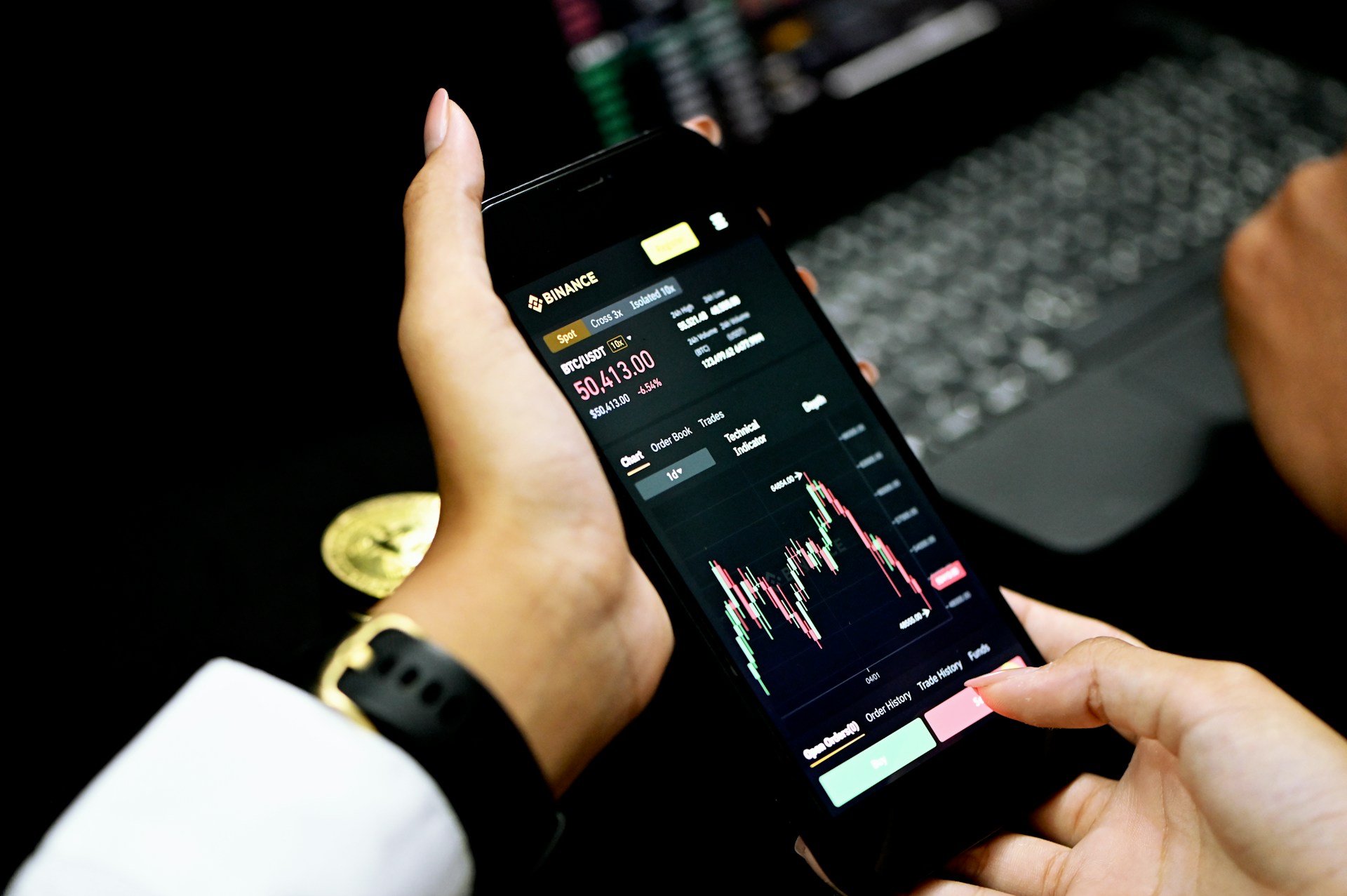
Understanding the Basics of Forex Positioning
Forex trading, also known as foreign exchange trading or currency trading, is a decentralized global market where all the world’s currencies are traded. It is the largest and most liquid financial market in the world, with an average daily turnover exceeding $6 trillion. The essence of Forex lies in the simultaneous buying of one currency and selling of another. This dynamic marketplace operates 24 hours a day, five days a week, with participants ranging from international banks and corporations to individual traders.
The significance of Forex trading extends beyond mere profit-making opportunities for investors. It serves a critical function in enabling cross-border trade and investment by allowing businesses to convert one currency to another. It also plays a vital role in maintaining the stability of global financial markets and contributes to the economic health of nations by facilitating international trade.
The significance of Forex trading extends beyond mere profit-making opportunities for investors. It serves a critical function in enabling cross-border trade and investment by allowing businesses to convert one currency to another. It also plays a vital role in maintaining the stability of global financial markets and contributes to the economic health of nations by facilitating international trade.

Understanding the Basics of Forex Positioning
The Mechanics of Forex Positioning
At its core, Forex positioning refers to a trader’s commitment in terms of which direction they anticipate a currency pair will move. When traders predict that a currency will increase in value, they take a long position by buying the currency pair. Conversely, expecting that a currency will decrease in value results in taking a short position by selling the currency pair.To illustrate, if you believe that the euro will rise against the US dollar, you would go long on EUR/USD. As the exchange rate increases, you can sell your euros back for dollars at a profit. On the flip side, if you expect the euro to fall against the US dollar, taking a short position on EUR/USD would mean selling euros for dollars with plans to repurchase them at a lower rate.
Understanding these mechanics is crucial because every position comes with potential profits as well as risks. Successful traders are not only proficient at predicting market directions but also adept at entering and exiting positions effectively.
Factors Influencing Currency Values
Numerous factors can sway currency values within this complex and volatile environment. Economic indicators such as GDP growth rates, employment statistics, inflation rates, and interest rates are critically observed as they reflect an economy’s health and monetary policy outlooks. For instance, higher interest rates often attract foreign investment leading to an appreciation of that country’s currency.Political events—ranging from elections and policy changes to geopolitical tensions—can inject uncertainty into markets or provide directional cues for currencies based on anticipated outcomes or decisions made by governments.
Market sentiment should not be underestimated either; it embodies traders’ perceptions and reactions towards news or trends which can drive short-term price movements significantly—even if those movements sometimes contradict fundamental economic indicators.
Risk Management Strategies in Forex Positioning
Navigating through such an unpredictable landscape necessitates effective risk management strategies. One common approach is setting stop-loss orders which automatically close out positions at predetermined loss thresholds thereby protecting traders from significant losses.Position sizing is another vital technique; it involves determining an appropriate volume of trade relative to one’s capital so as not to risk too much on any single trade—a practice often encapsulated by the rule not risking more than 1-2% of account size on any given position.
Diversification across different currency pairs can also spread risk instead of concentrating exposure on one trade outcome while leveraging should be used cautiously due to its ability to amplify both gains and losses significantly.
Conclusion: The Role of Knowledge and Continuous Learning
In conclusion, while Forex positioning presents abundant opportunities for astute traders who can capitalize on fluctuations in exchange rates; success is far from guaranteed without substantial commitment towards constant learning and adaptability. As markets evolve alongside unfolding economic narratives globally; staying abreast with financial news updates, understanding underlying economic trends—and most importantly—learning from both successes and failures are indispensable practices for those seeking longevity in Forex trading. Thus continuous education forms an integral pillar upon which sustainable trading careers are built within this fascinating domain of finance.Forex trading, Currency exchange, Financial markets, Trading strategies, Economic trends









Report
My comments